English
繁體中文
简体中文

From the robust textures of the Great Wall’s ancient bricks to the meticulous assembly of Roman arches, masonry has long stood as a testament to human ingenuity and aesthetic vision. A cross-disciplinary team at CUHK has reinterpreted traditional craftsmanship through technology—CU-Brick. By integrating cable-driven robotics and automated programming, this innovation breathes new life into traditional bricklaying techniques in the digital age. The system accurately replicates the profound understanding of geometric structures mastered by historical artisans and sparks a dynamic interplay between modern engineering and creative inspiration. Bricklaying transcends mere repetitive stacking, evolving into an innovative dialogue that bridges engineering, architecture, and art—unleashing unprecedented creative potential for future architectural masterpieces.
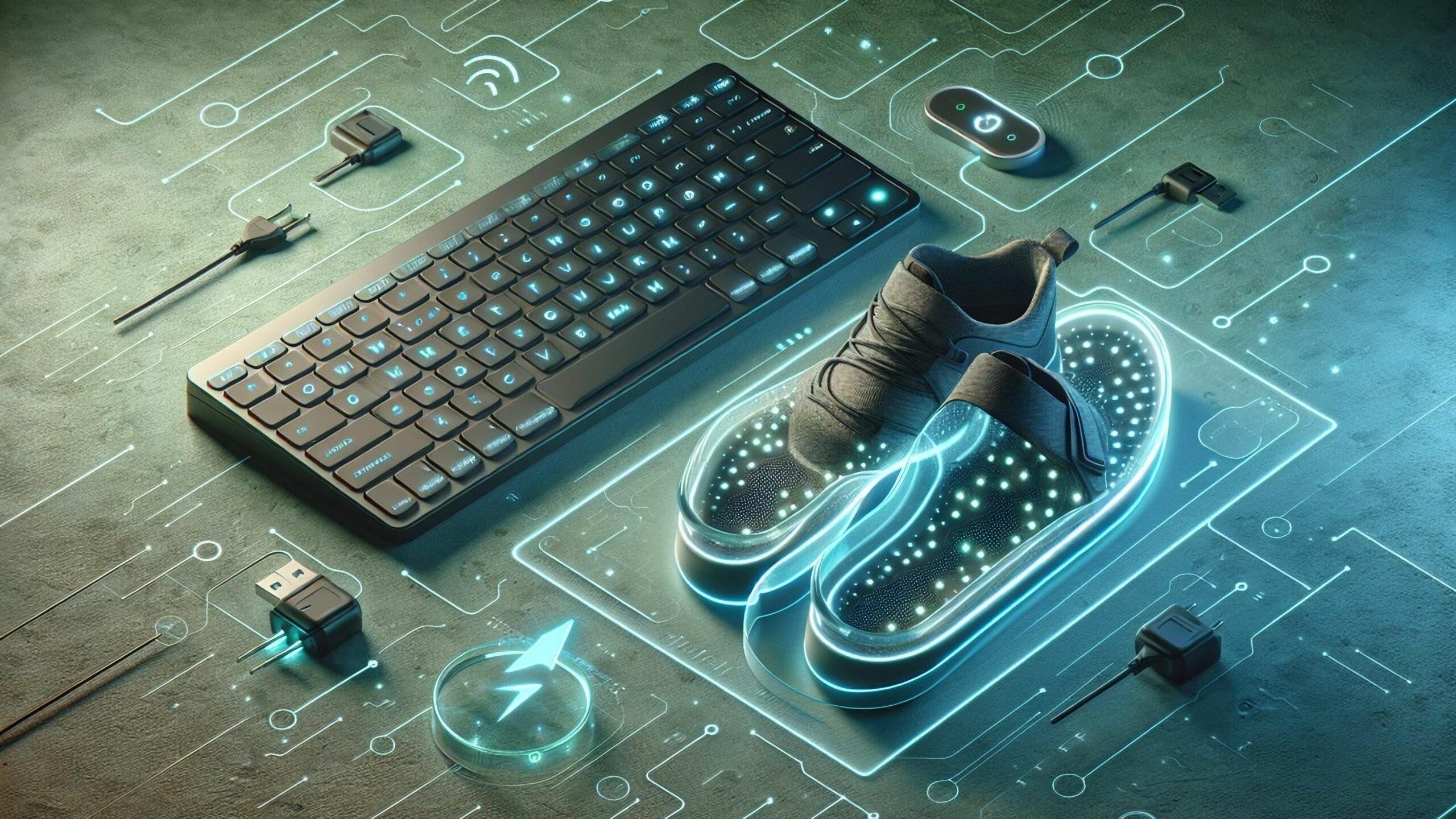
Rejoice – no more worrying about battery levels or scrambling for spares. Two CUHK inventions are bringing a battery-free future closer to reality. One powers computer keyboards using energy generated simply by pressing the keys, while the other – a smart insole – harvests energy from walking to monitor gait patterns, transforming medical diagnosis and patient care.

Plants stretch toward sunlight in photosynthesis, their leaves curving to seize every beam. A CUHK team has harnessed this dance with light to shape soft, magnetic materials. Their revolutionary technology using lasers and magnets—precisely calibrating light intensity during 3D printing—transforms a flat magnetic hydrogel into a dynamic 3D surface. Beyond personalised medical patches, this breakthrough also enables human face replication, information storage, and biomimetic soft robots—all through tailored light adjustments.

Some of CUHK’s stellar stars have received recognition that they richly deserve. Profes-sor Edward Ng Yan-yung has been honoured with the Luke Howard Award, our student teams have triumphed at the iGEM competition, winning gold and silver medals, and sev-eral of our scholars have been named Highly Cited Researchers 2024. Found out more about these inspiring accomplishments.
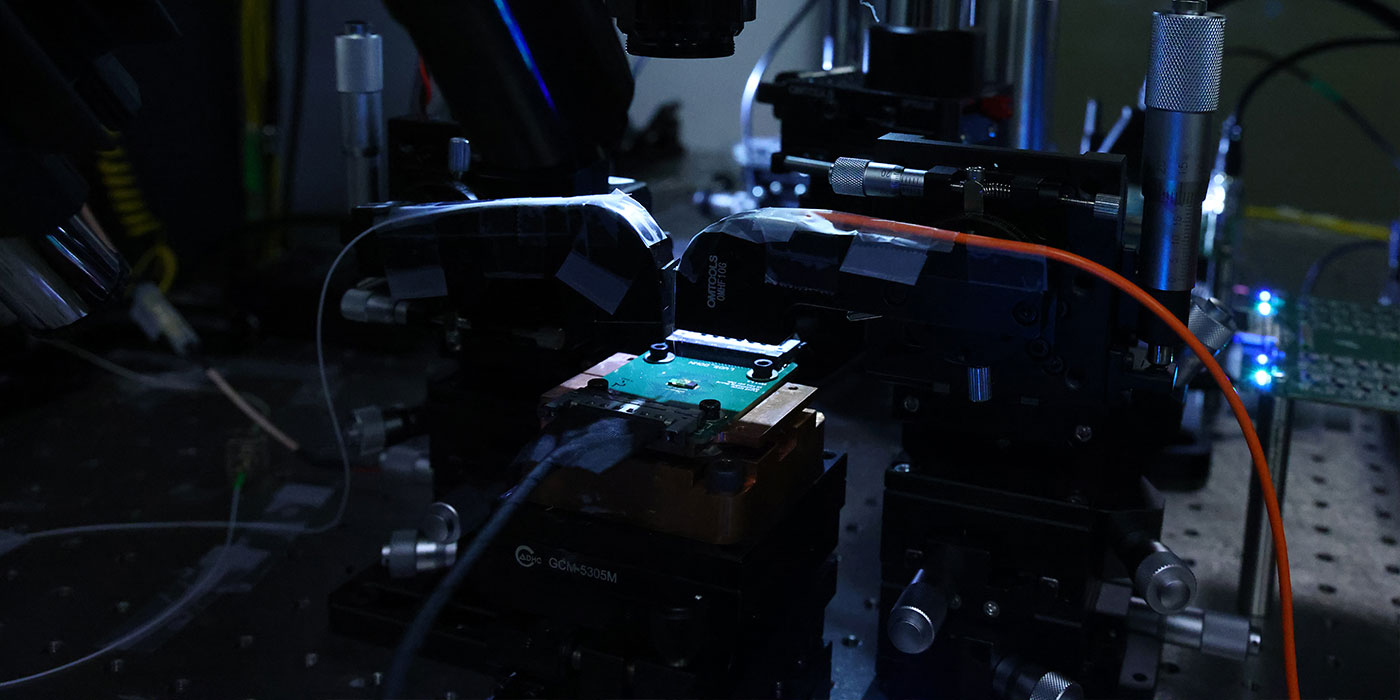
As the digital world grows ever more information-hungry, Professor Tsang Hon-ki’s research on silicon photonics has proven to be a serendipitous career choice. His research team’s project is chosen for the Hong Kong government’s inaugural Research, Academic and Industry Sectors One-plus (RAISe+) Scheme, which helps universities transform and commercialise their research and development outcomes.
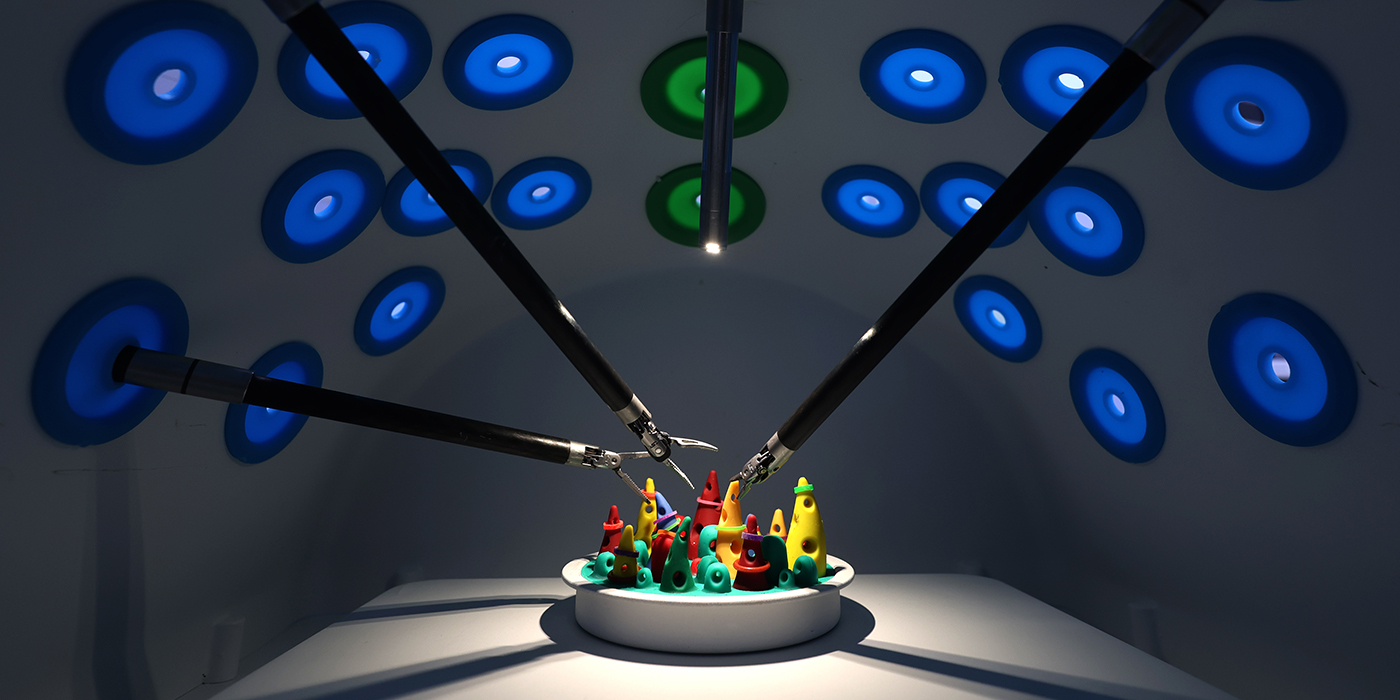
CUHK’s Multi-Scale Medical Robotics Center (MRC) is a trailblazer in bringing the worlds of medicine and engineering together. In collaboration with other world-leading institutes – plus visionary commercial partners – the MRC is further advancing minimally invasive, high precision surgical robotic technologies. It is also incubating affordable medical robots as pressure mounts for better patient care in hospitals in Hong Kong, the mainland and world.
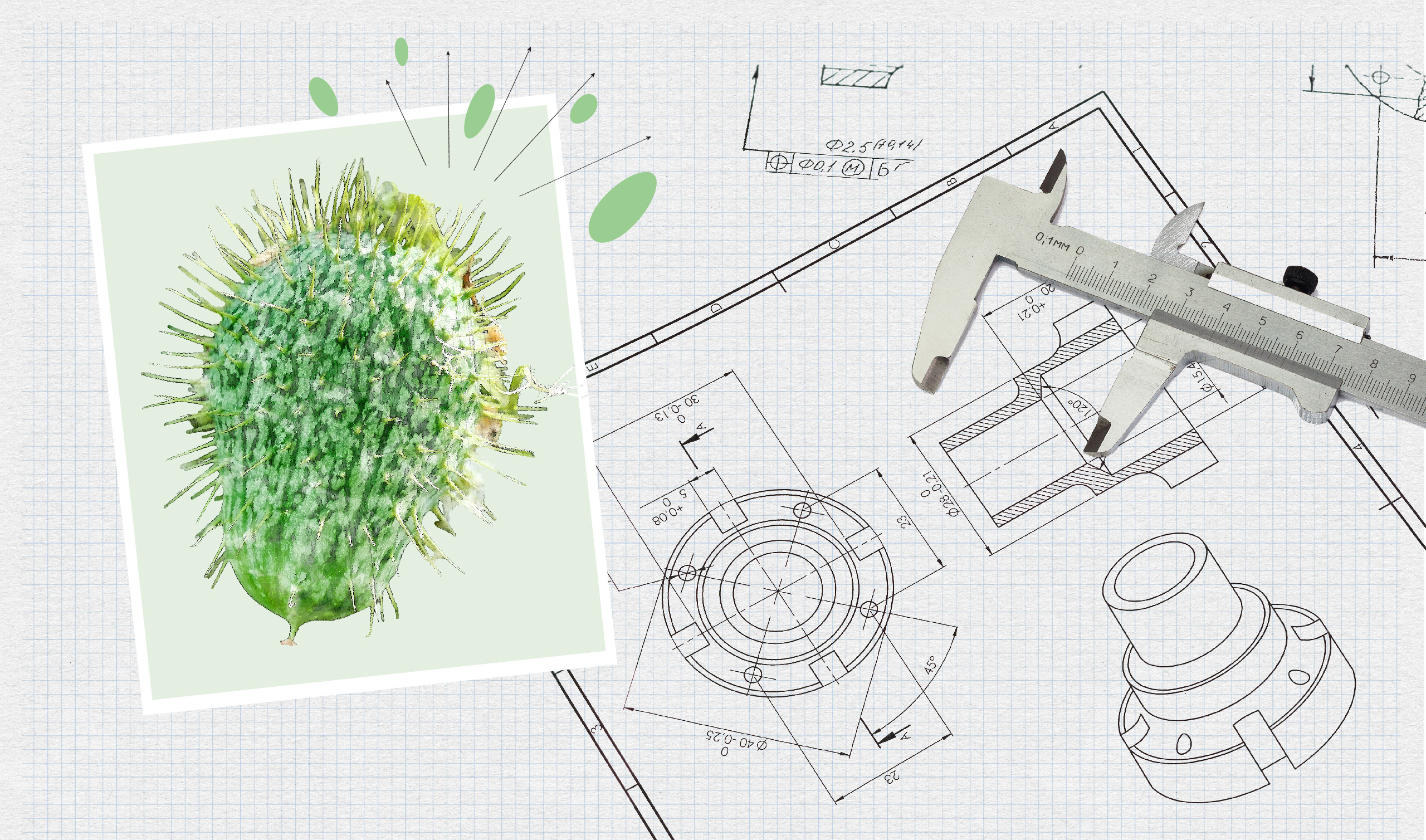
Ever seen a cucumber launch its seeds like a tiny rocket? CUHK researchers did, and they thought “Why not use that for robots?” Inspired by the squirting cucumber plant’s explosive method of launching its seeds, a CUHK research team developed a groundbreaking power amplification system that propels mini robots to new heights of speed and agility, making them perfect for medical missions deep inside the human body. With machine learning enhancing their control and navigation, these micro marvels are set to revolutionise the field of medicine.

Recent CUHK medical discoveries provide hope for patients battling a range of diseases. An international study helps with the fight against diabetes, potentially facilitating early intervention and changing clinical practice. The development of novel retrievable nanorobots for targeted and enhanced thrombolysis may save stroke patients from brain damage. And a study reveals antiviral drug tenofovir disoproxil fumarate increases fracture risk in elderly patients with chronic hepatitis B.

CUHK is celebrating a range of accomplishments that solidify its status as a preeminent global leader in higher education and research. From a historic rise in prestigious university rankings to a sweep of awards at an esteemed international invention showcase, CUHK has consistently demonstrated its unparalleled commitment to academic excellence, innovative thinking and pioneering discoveries across its diverse programmes and world-class faculties.

Facial recognition and public Wi-Fi are becoming more widespread in our daily lives. But have you ever considered that hackers are waiting around every corner to steal your credentials for profit? Fortunately, there are dedicated teams working tirelessly to combat these illegal activities. Two research teams from CUHK are hitting back at hack attacks as they examine vulnerabilities in facial recognition software and the configuration of virtual private networks and Wi-Fi networks.
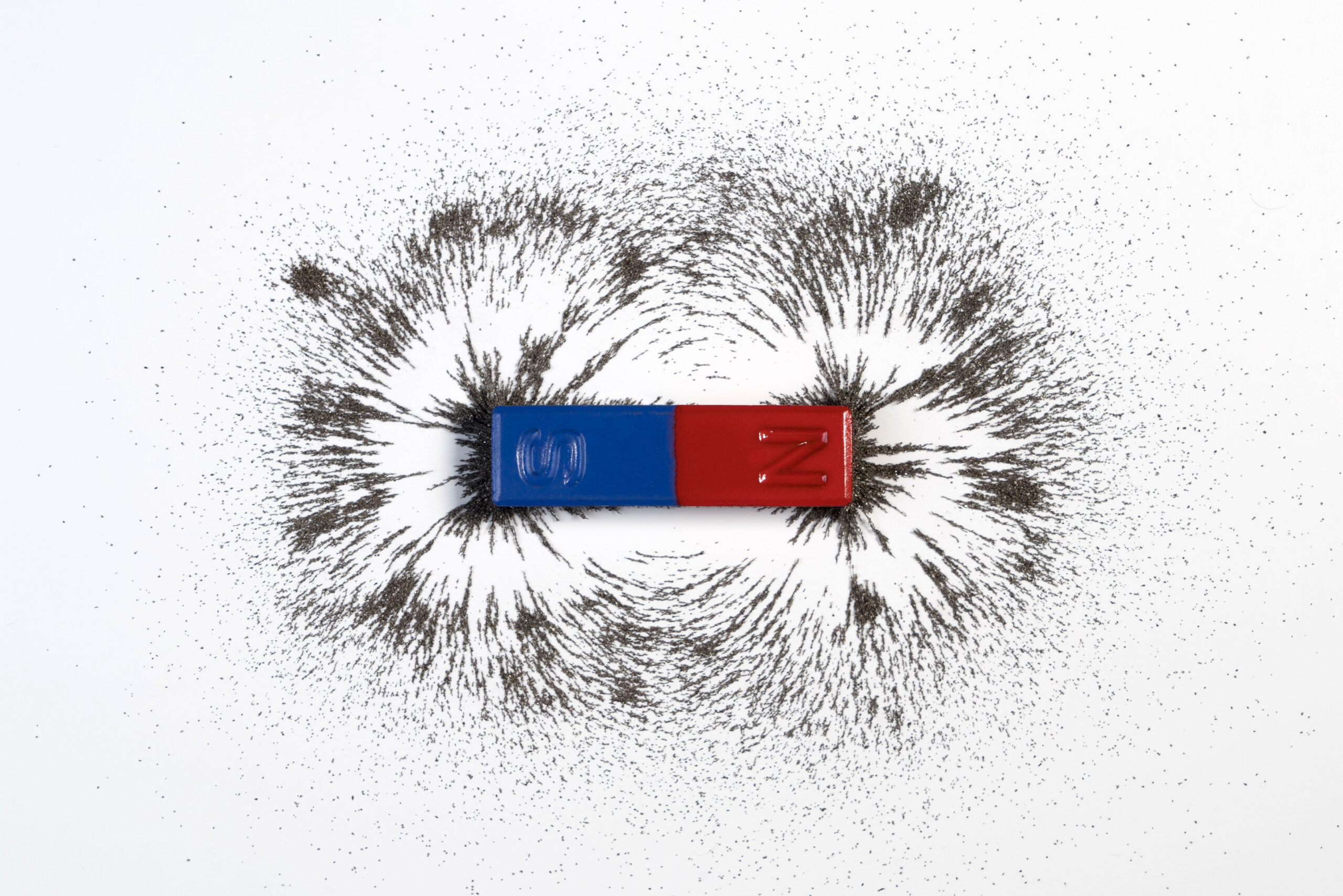
Biofilms, which can occur in various places in the human body, can cause a range of infections. Made of microbes encased in a matrix that makes them resistant to external threats, they are notoriously hard to shift, especially when they accumulate on the surface of medical implants. New devices called “magnetic hydrogel micromachines”, developed by a CUHK team, are formidable weapons to resist and overcome the biofilm menace. It can be controlled by magnets, to precisely target the biofilm for removal.

Maybe you are one of the victims of a debilitating gastrointestinal disease, like gastric acid reflux or pathogen H pylori. When you are suffering from those diseases, you might wonder how bacteria which causes peptic ulcers can survive the acidic environment in your stomach? Besides risky invasive surgeries treating gastric acid reflux, is there an easier way getting rid of heartburn? You may be inspired by two recent CUHK breakthroughs.
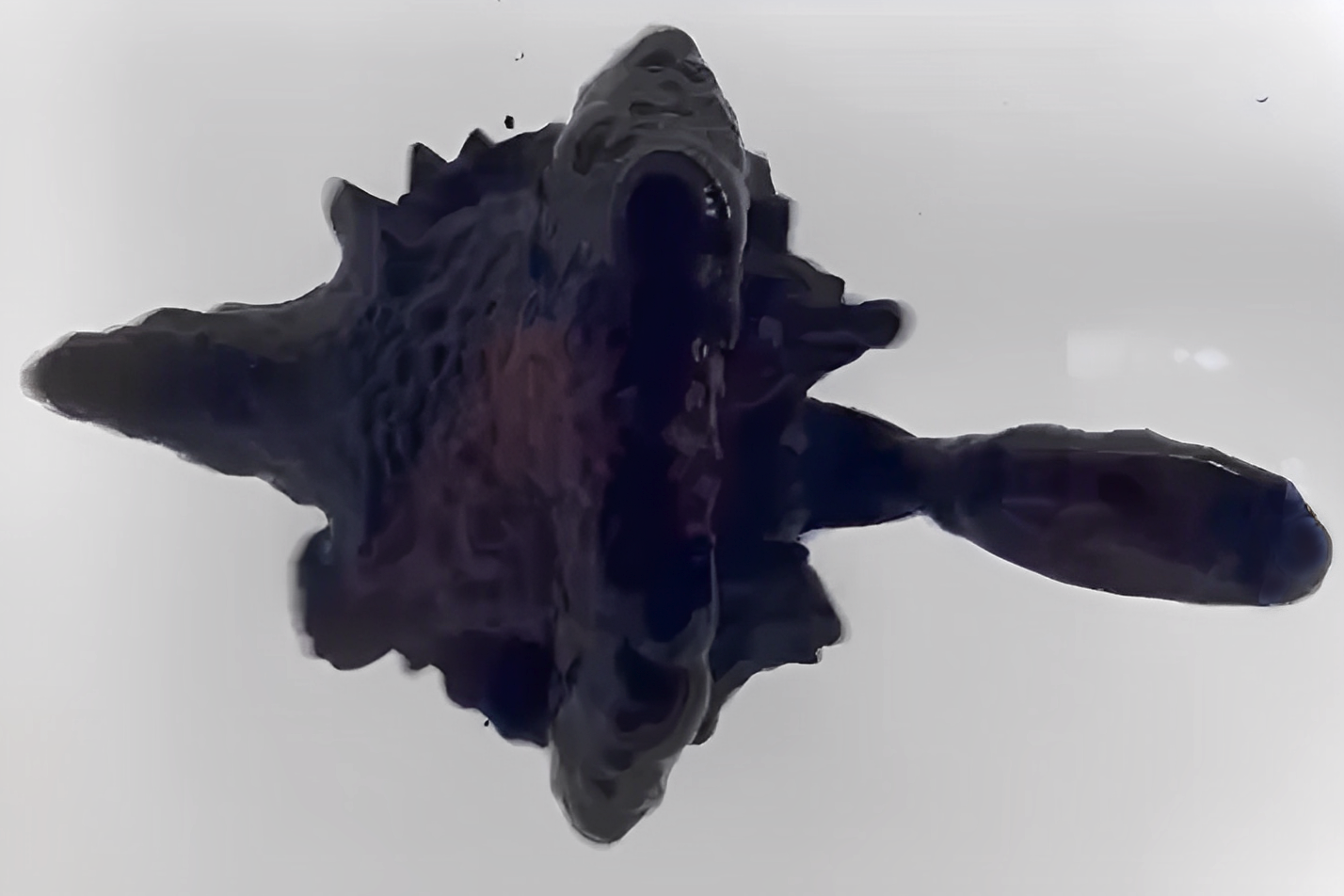
Venom may be one of Spider-Man’s greatest nemeses, but the alien symbiote who can stretch and deform itself has inspired scientists to create soft robots that could transform numerous aspects of medical care, from targeted drug delivery to minimally invasive surgery. Professor Zhang Li from CUHK decided to channel Venom’s superpowers into building soft robots based on ferrofluids and a new silicone elastomer, which can be deformed in ever more complex ways, making them capable of a growing range of functions within the human body.
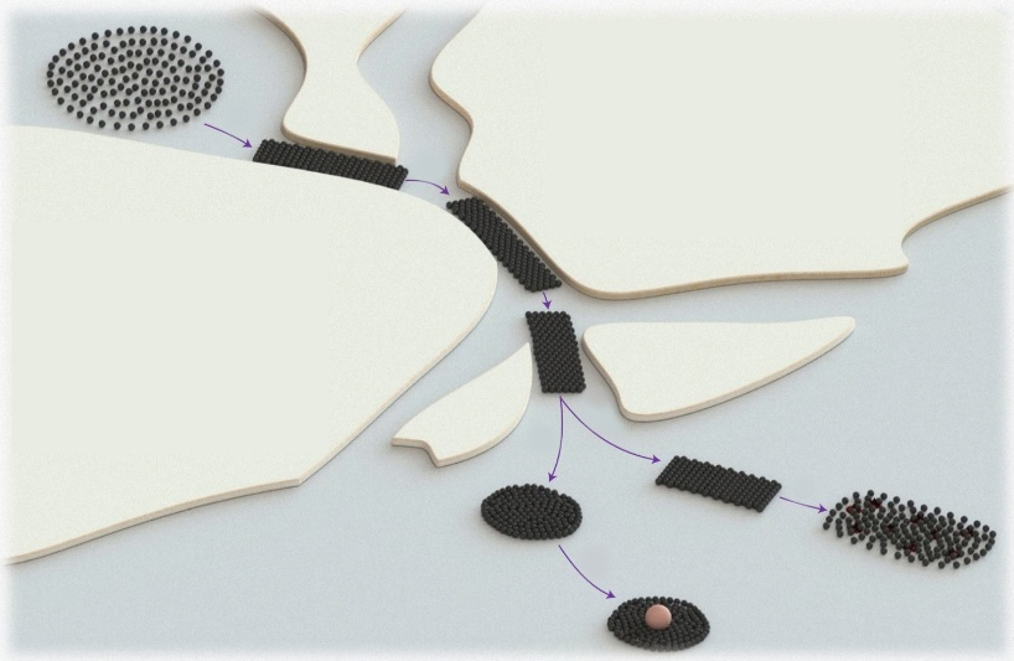
In a flower garden, we have army of honeybees that swarm to defend enemies; in a tortuous human lumen, we have army of microrobots that swarm to carry drugs that attack maladies. CUHK engineering professors have devised an avant-garde AI system that lets these microrobots navigate like bees and change shape inside complex environments like human bodies.
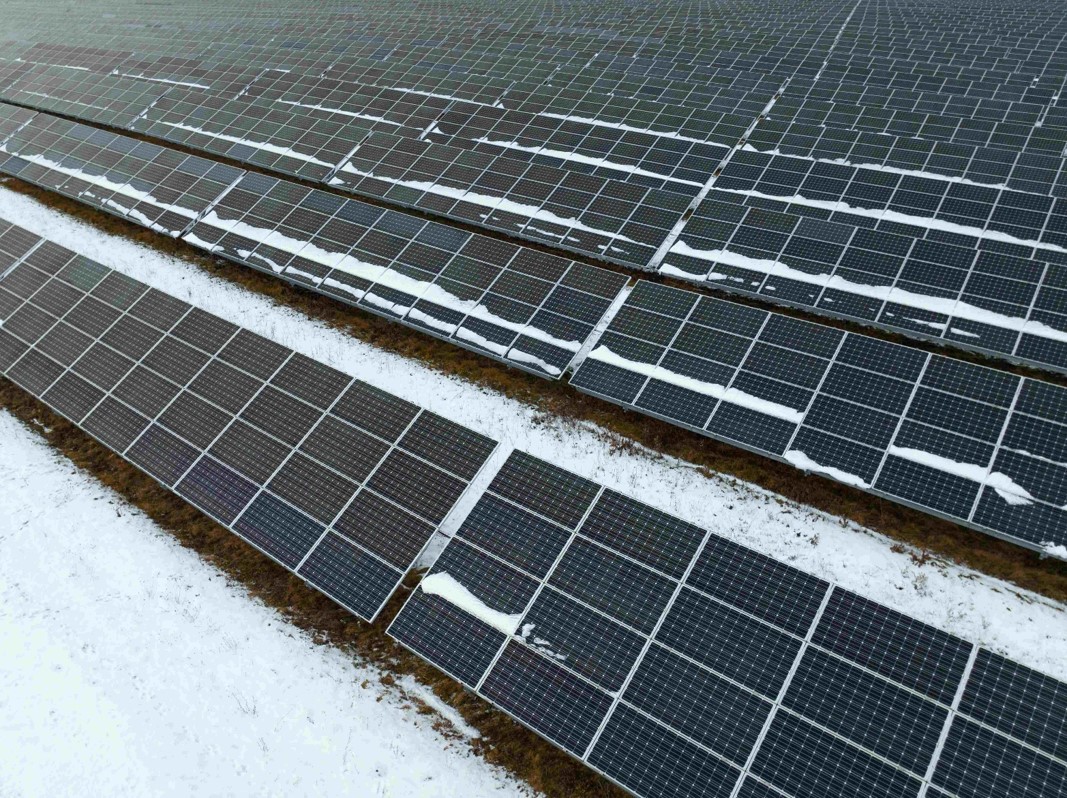
Life in an extremely cold region without electricity for heating and lighting can be a miserable experience, especially as existing battery technologies cannot retain a reliable power supply in such cold weather. When winter storms sweep across cities, the power crisis they cause can leave millions of people without electricity. CUHK researchers are trying to fix that with a new technology that promises to bring stability to electrical storage, even at very low temperatures.
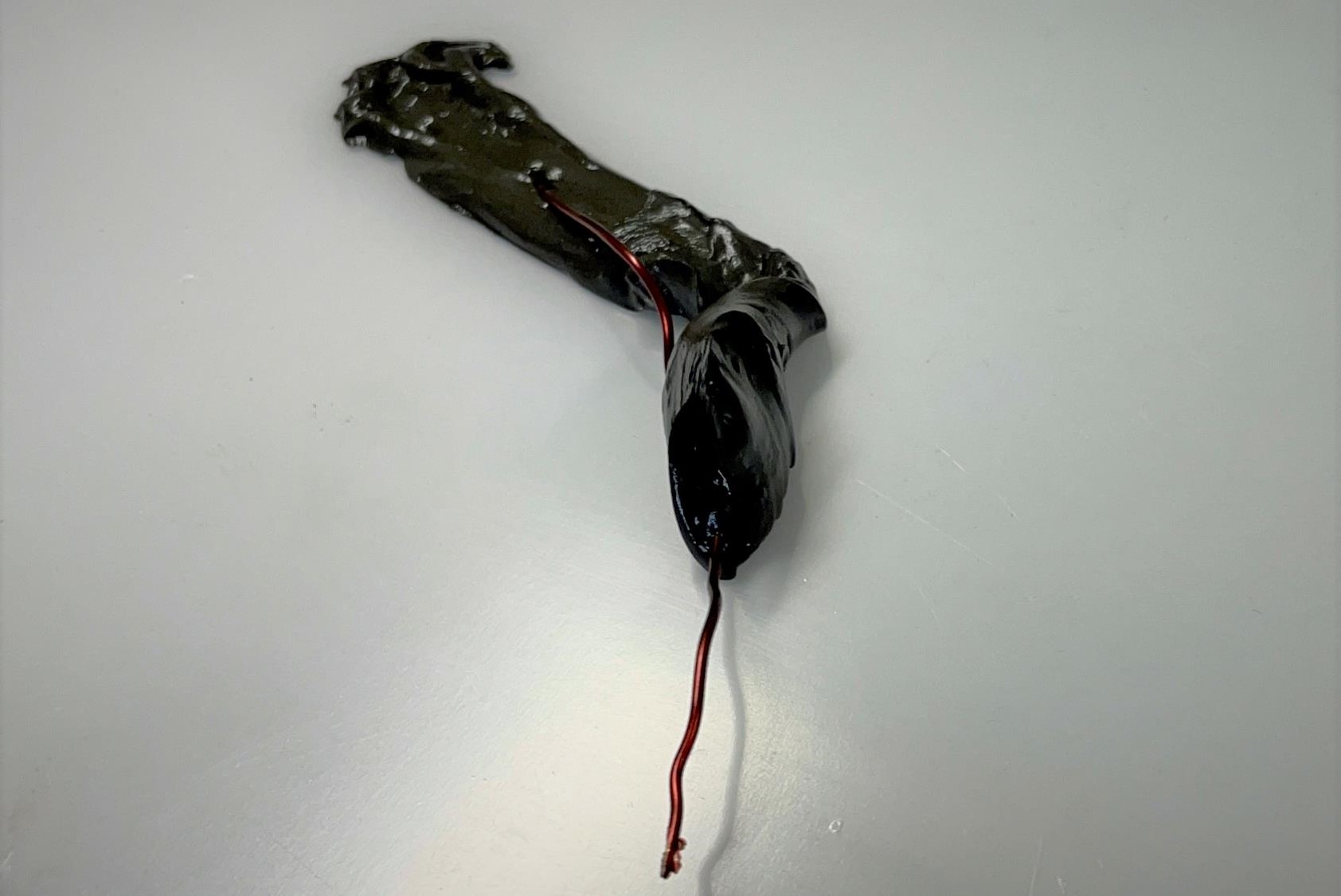
Is this Spiderman’s foe Venom in real life? Video of a slimy, mucus-like extraterrestrial creature has gone viral online. It could neither invade nor kill a human. It is in fact a soft miniature robot invented by CUHK Faculty of Engineering that performs medical tasks inside human body. This viscous robot behaves like an octopus to enclose and grasp small objects and moves through the narrows of the human digestive system under magnetic control. Now further tests are needed to ensure that the body will be absolutely protected, leading to human tests in five years.

Applications of quantum sensing technology can be found in a wide range of settings, including medical imaging, prediction of weather patterns and even analysis of seismic activity. Professor Renbao Liu from Physics of CUHK has received the 2022 Willis E. Lamb Award for Laser Science and Quantum Optics for his contribution to spin decoherence and quantum sensing research. He and Professor Chester Shu from Electronic Engineering have also been elected Fellows of a prestigious society, highly commending their research achievements.
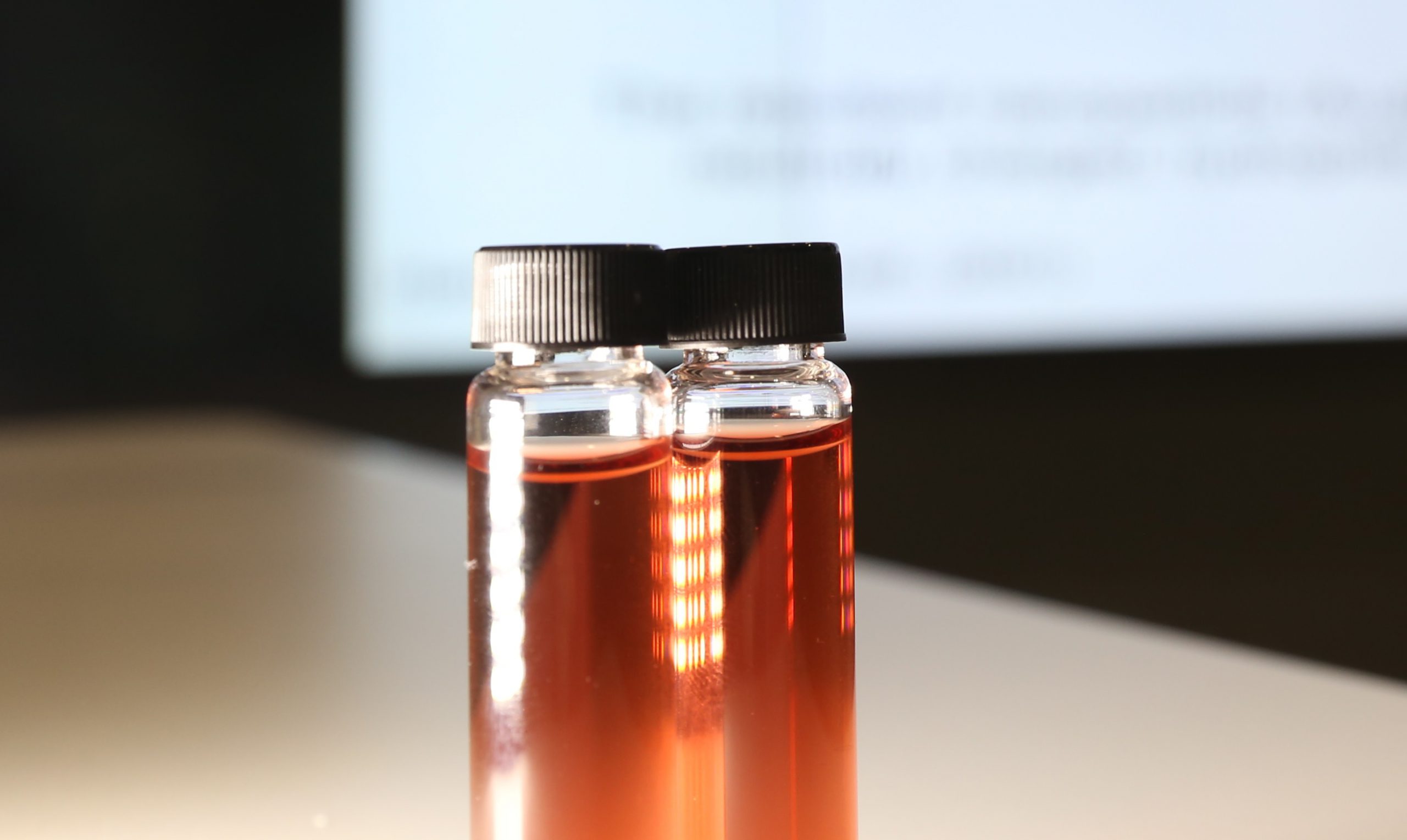
Gold is anti-inflammatory and has applications in the fields of jewelry, aviation, chemistry, and electronic circuit boards. Now researchers from CUHK Engineering have struck gold for psoriasis sufferers by developing a self-therapeutic gold nanoparticle that does not contain steroids and vitamin D analogs but has a similar effect, as proven in mice models. It was demonstrated that the gold nanoparticle could enter skin epidermal cells without causing hair loss and skin wrinkling.

loT is the key to building a smart city, in which sensors act as eyes and ears of the system to collect and convert physical variables into electronic signals for analysis. A self-powered wireless sensing e-sticker, thin as two human hairs, developed by CUHK, converts the power of a finger touch into electromagnetic wave signals to advance the smart sensing technology. Another discovery is a TENG with high power output to better harvest mechanical and biomechanical motion.
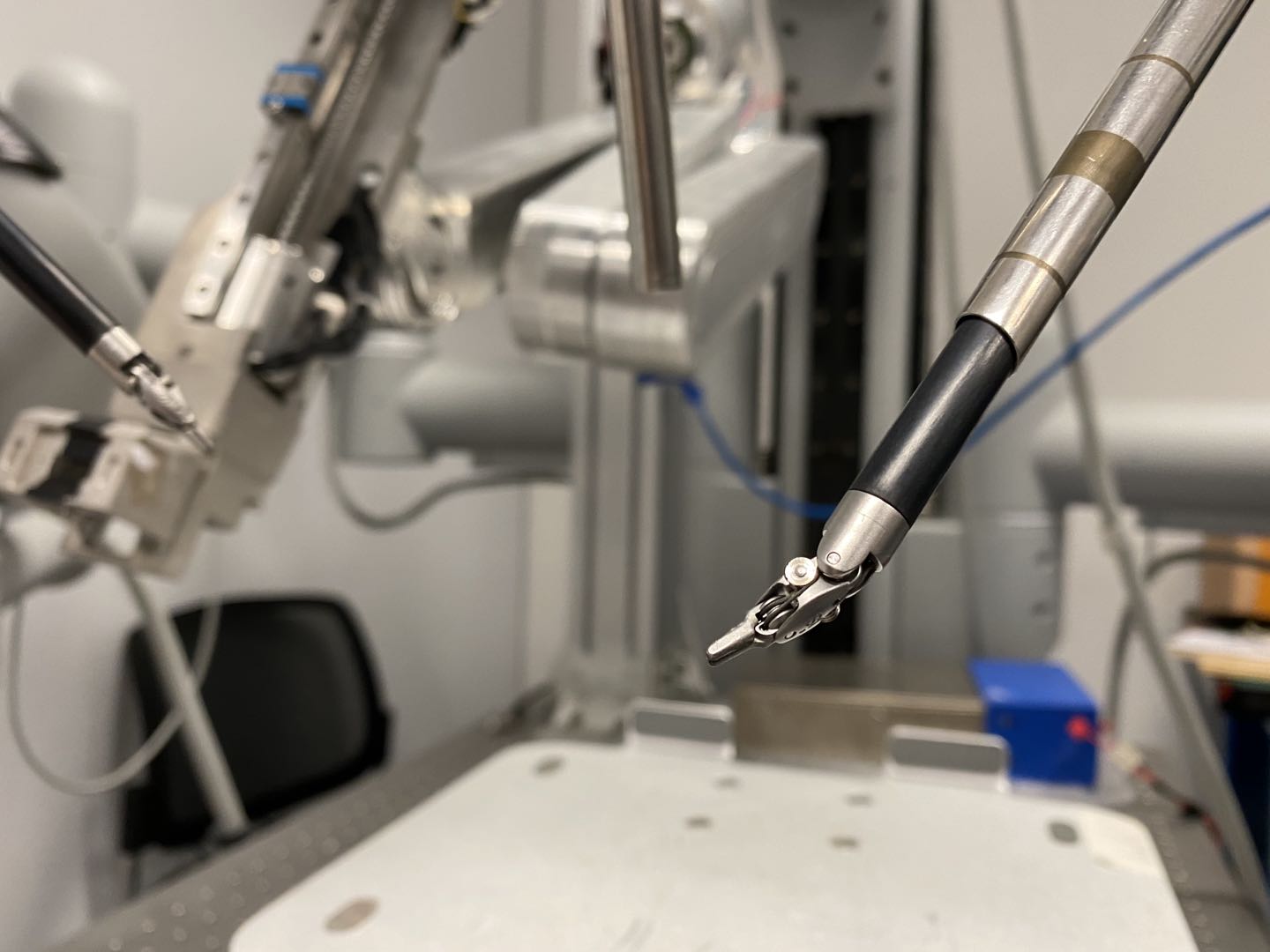
Surgical robots are commonly used in minimally invasive surgery and their accuracy holds the key to a successful operation. CUHK researchers have developed a world-first AI system with a novel deep learning method to optimise the gesture recognition of robots. The intelligent cognitive assistance not only allows robots to operate with greater precision for a safer surgery, but also wins patients’ trust in robotic surgery.

The ocean is the largest energy treasure house on earth, covering approximately 70% of its surface. Harvesting this is called “blue energy” and it’s a solution to energy crisis. However, given its complex technology and high cost, electricity generation from blue energy isn’t easy. A CUHK research team has recently developed a high-efficacy generator for harnessing ocean wave energy, which turns a new page.
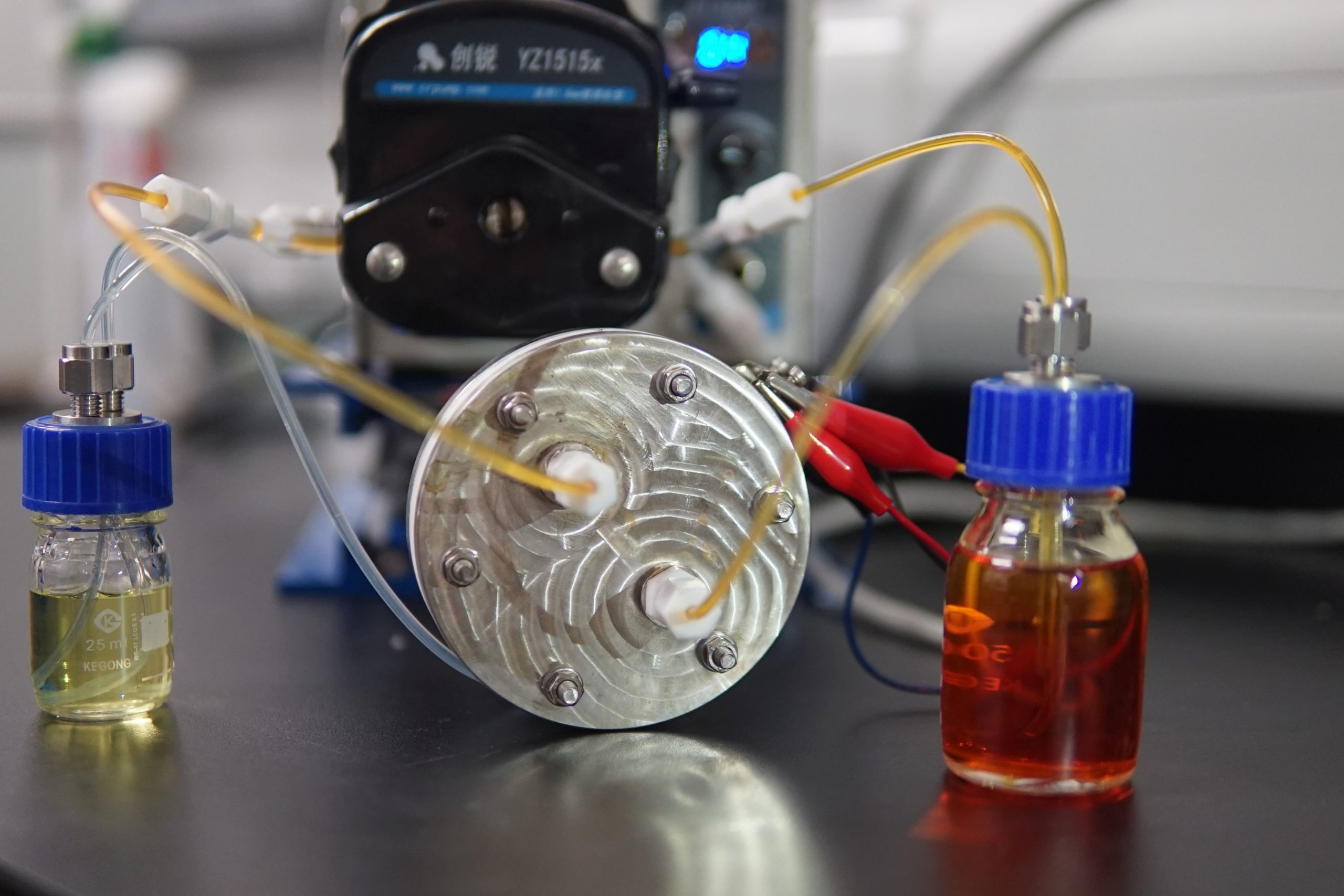
Distinguished as safe, powerful and flexible but plagued by a short life, sulphur-based redox flow batteries have been given a boost to their duration by CUHK engineers, ending a long unsolved challenge. They have designed a novel membrane, keeping the battery’s two electrodes apart and reducing the loss of active materials, so ramping up its lifetime, stability, and its usefulness in grid-scale energy storage devices.
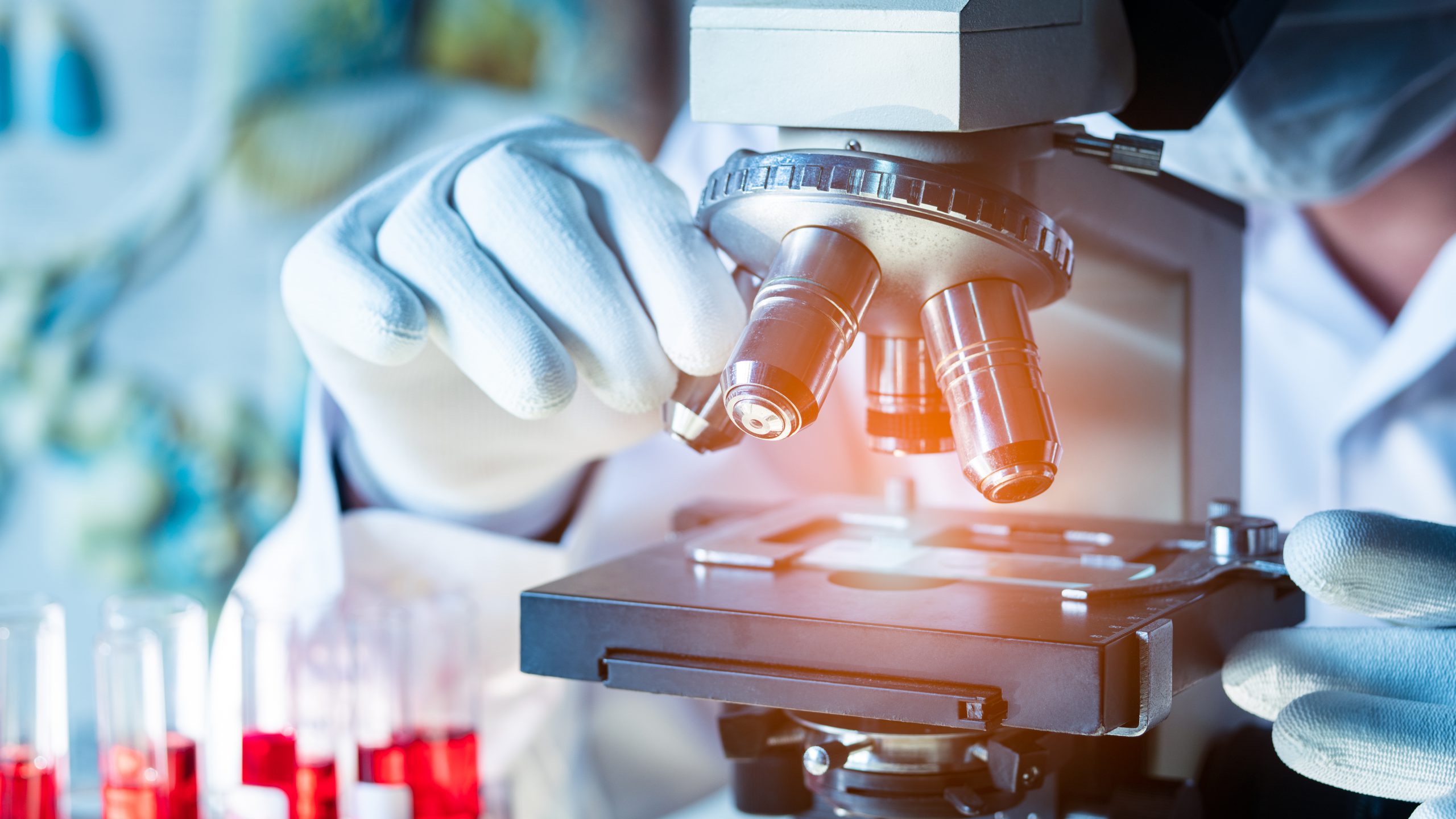
Constant academic pursuit by scholars is essential to driving improvements in life and social progress. Scholars and research studies from CUHK have received international and national awards in various disciplines over the past few months, with research excellence widely recognised.

Apart from achieving research excellence, the education sector has the prime responsibility to lookout for the interests of the community in these challenging times. CUHK rolled out thorough infection control measures and vigorous vaccination promotion efforts in fighting against COVID-19 , to get everyone back to their normal lives as soon as possible.